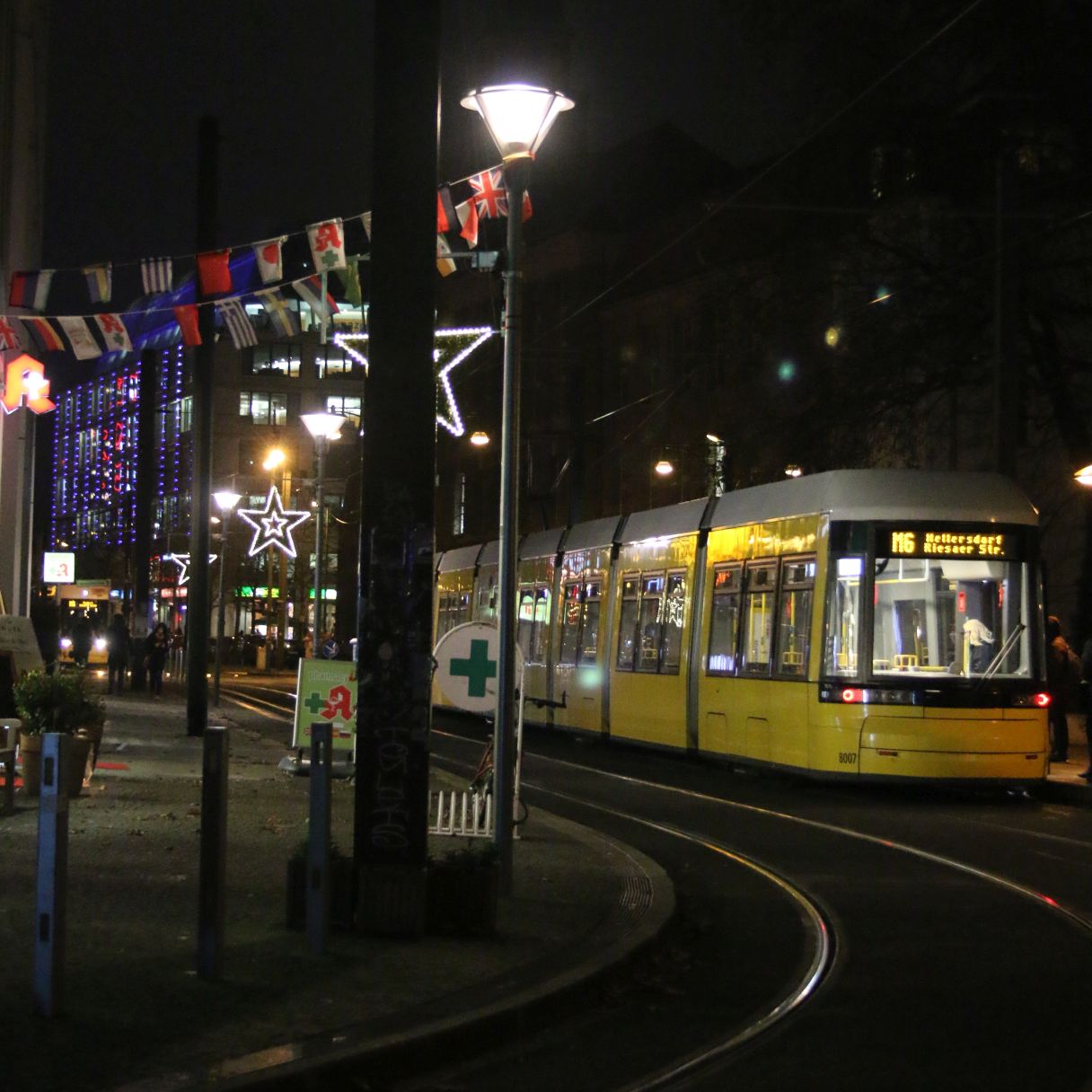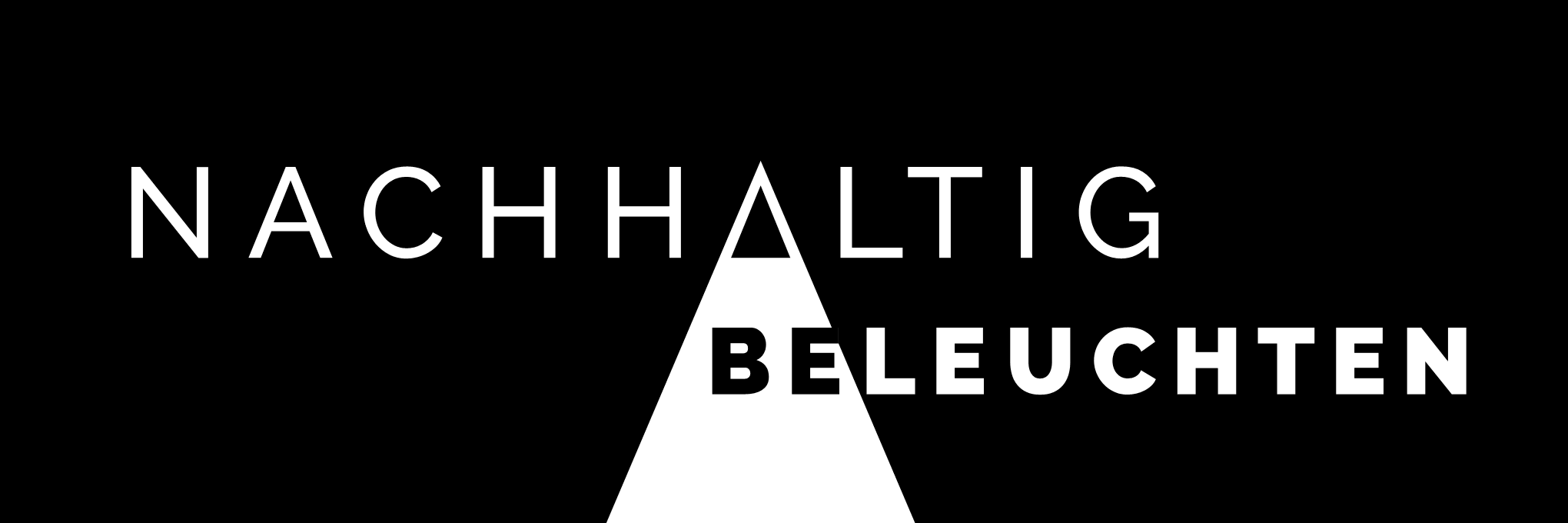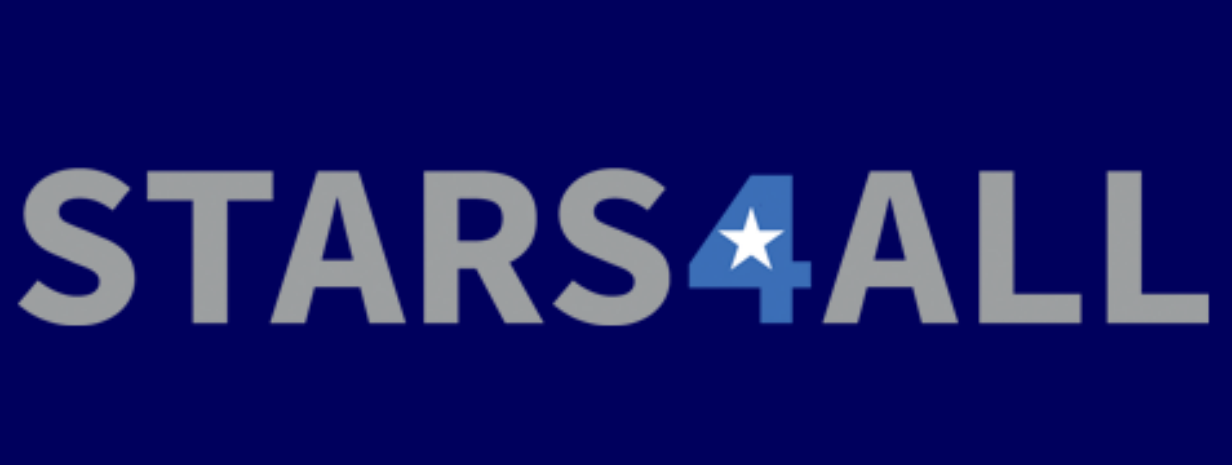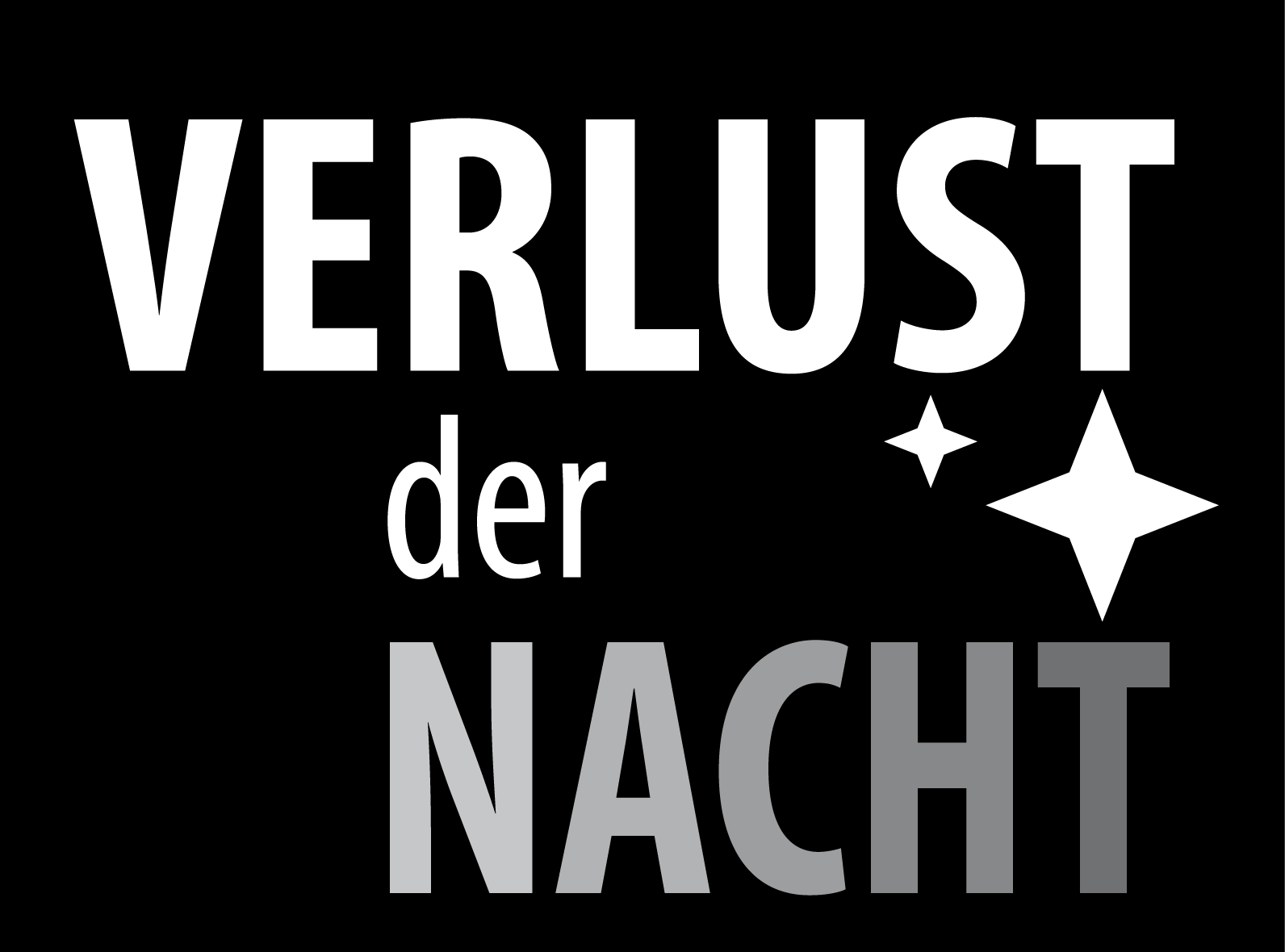
Society

Prior to the introduction of electric light, the night was a private matter. Working in darkness was difficult and often considered as suspicious. The night was not for work, it was the time of regeneration, thinking, and praying.
Today, artificial light enables us to be active at all times of day. Night shifts have become a normality for many industries. And people who do not work use the night for recreational activities. „You can sleep when you are dead!"”, „Carpe Noctem!”, „Successful people never sleep!” are common statements of people who want to be modern and efficient.
But while we celebrate our 24-hour-society as an economical success and triumph over our bodies, scientists present a growing number of evidence for the high prize we are paying. Shift work and sleep deficiency (or even depriviation) weigh heavy on our performance and health. Being available on stand-by at all times leads to stress and a loss of the night as time for regeneration. It appears that the increase in heart disease, diabetes, cancer, and many other health problems are also linked to an increase to the lack of rest and darkness.
At the same time we find it difficult to use the advantages of artificial light. We know that there are morning and evening people (larks and owls), but our society still is prejudiced about the proper working times. Efficient people supposedly work early in the morning, night people are considered to be lazy. In other fields, night people are believed to me more creative. More options to choose a personal working time would help people to establish a healthy day-night rhythm and make them more efficient. But despite promising research, society is full of excuses to stick to old fashioned work models.
In summary, the „illuminated” society holds many problems and offers many chances. The correct use of artificial light could be seen as problem, but it should be seen as a challenge that brings an increase in life standards.
Blogposts about this topic
Astronomy To Go: the travelling planetarium for schools
EU petition No 0362/2018 on the possible adoption of European legislation against light pollution
Short film: Light in harmony with human and nature
Is a 4000 Kelvin LED street light like the moon?
Moralities of Odienné by Night: André Chappatte talks about an anthropology of light and darkness
Losing control - gaining control: Hannah Ahlheim talks about sleep research
'There's too much light!' Another LightWalk in Berlin
German blogposts about this topic
Der frühe Schüler verschläft den Wurm
Von Türstehern und Vergnügungssuchenden
Photo: Tram in Berlin by Annette Krop-Benesch



